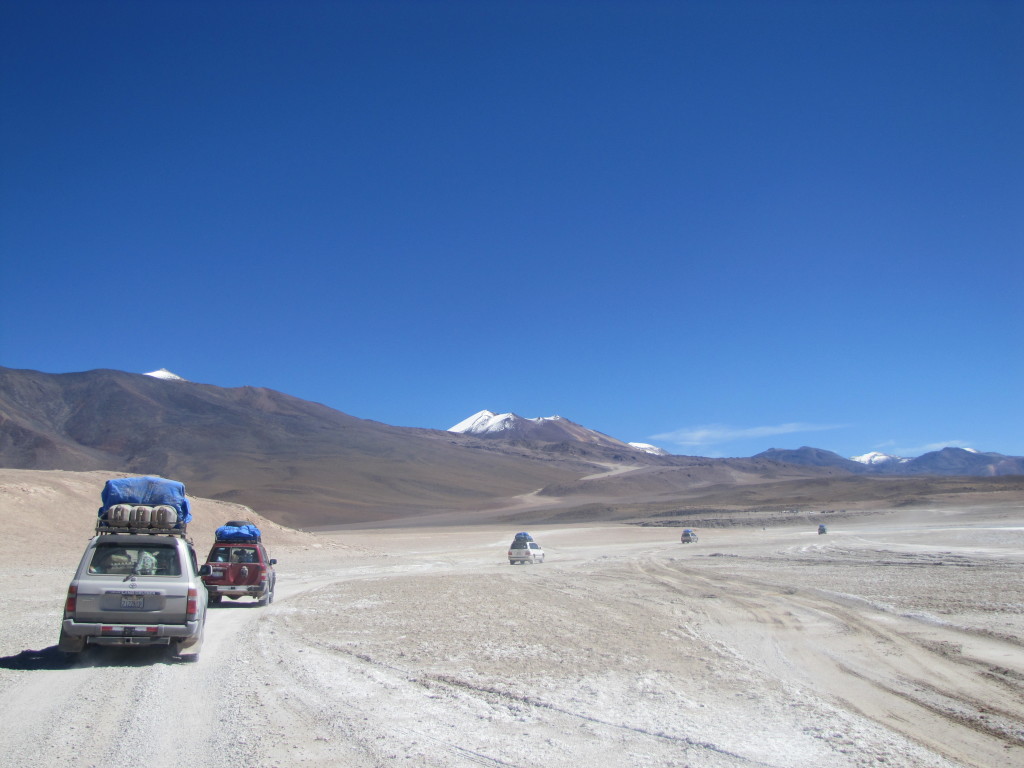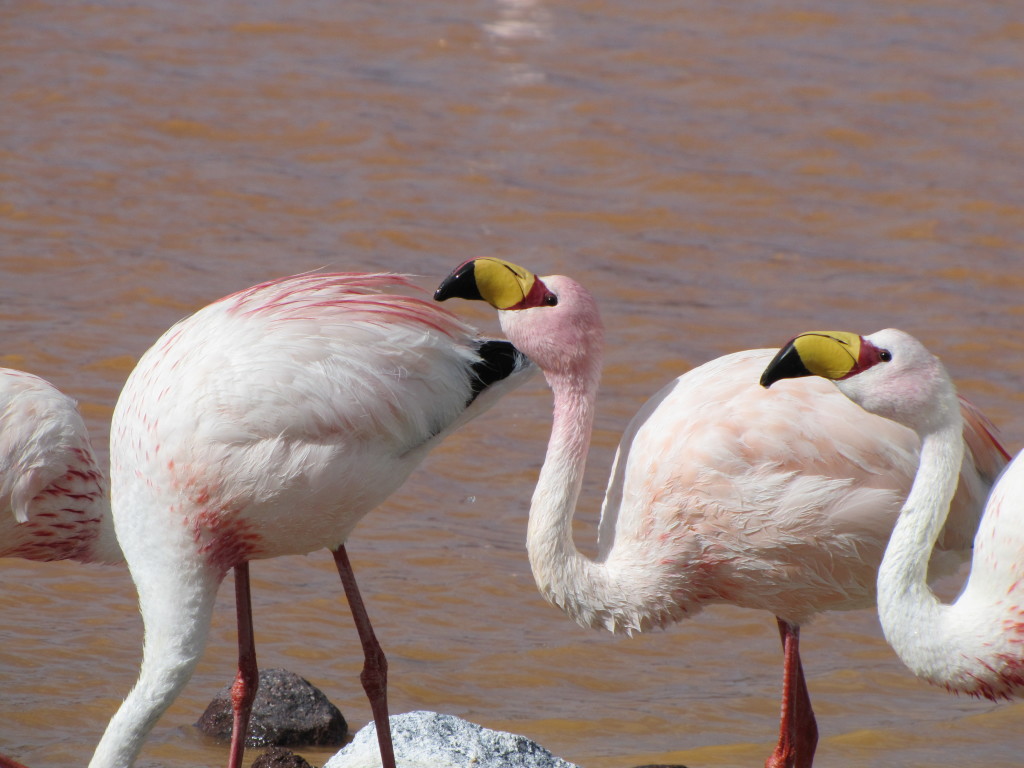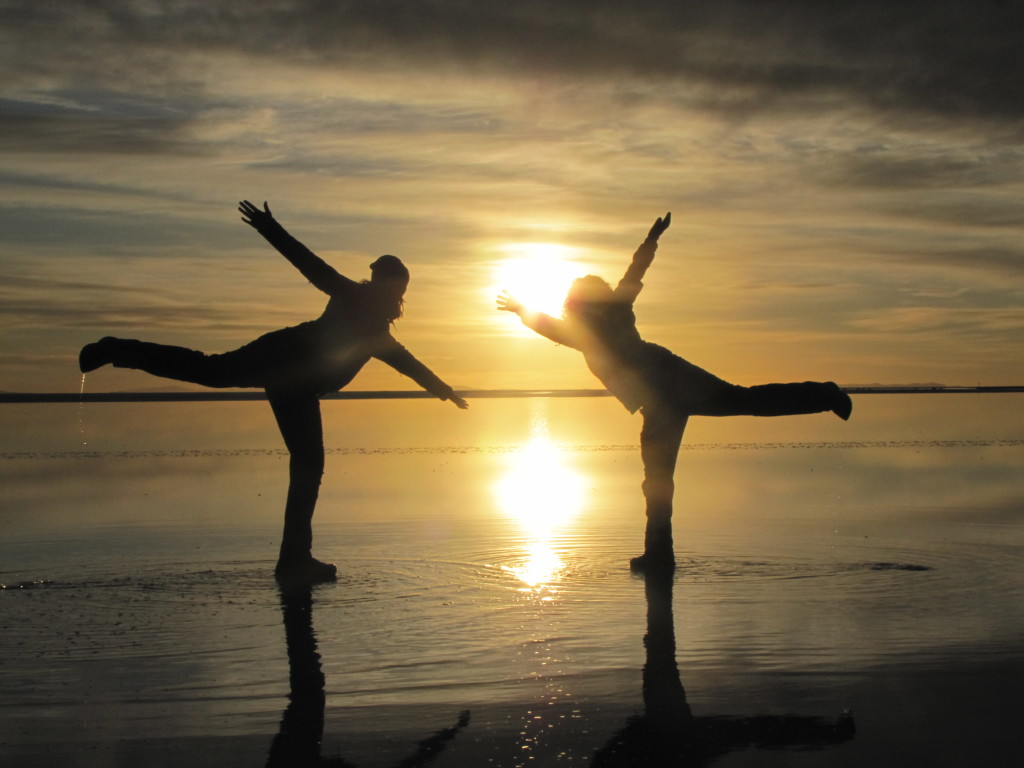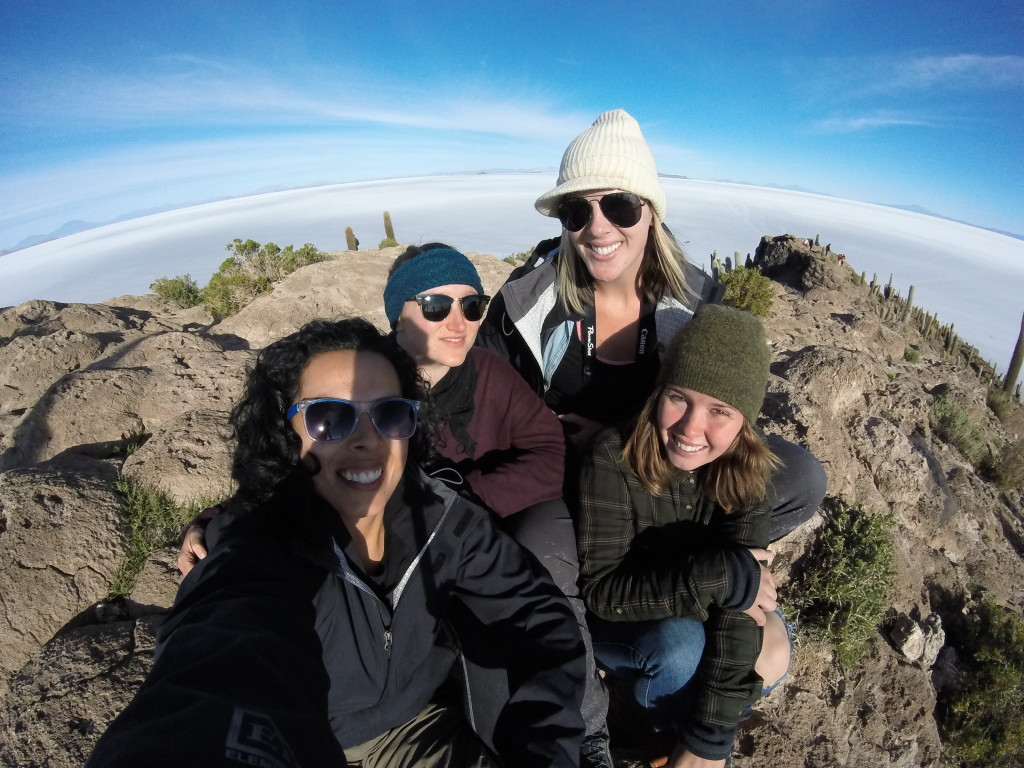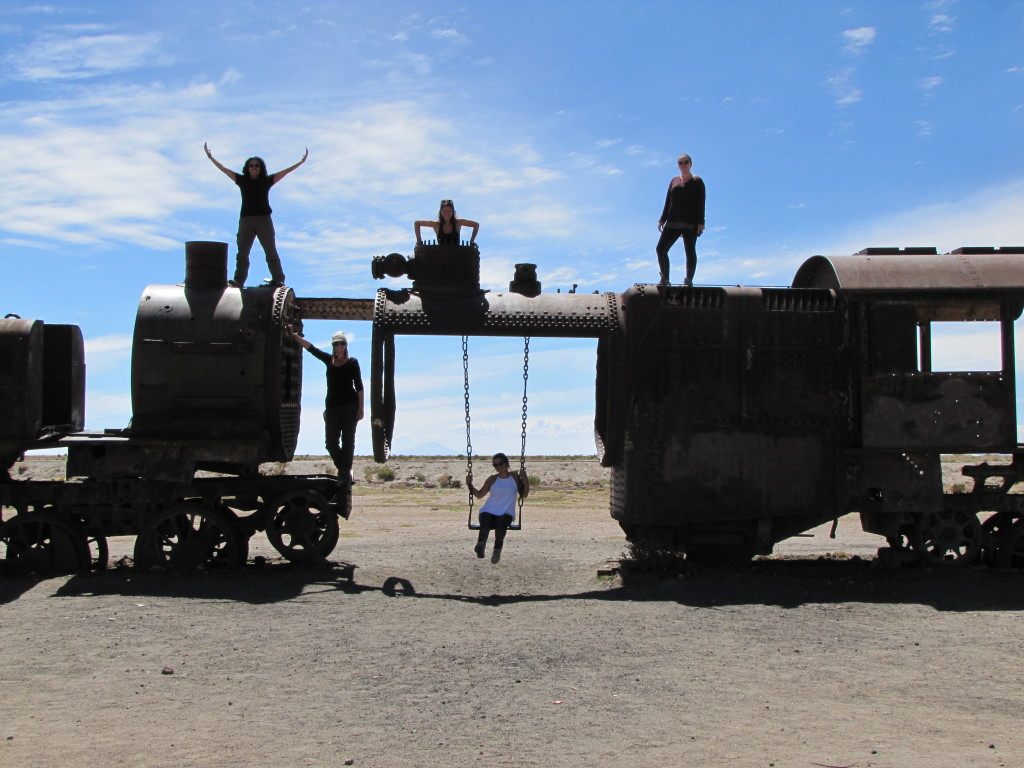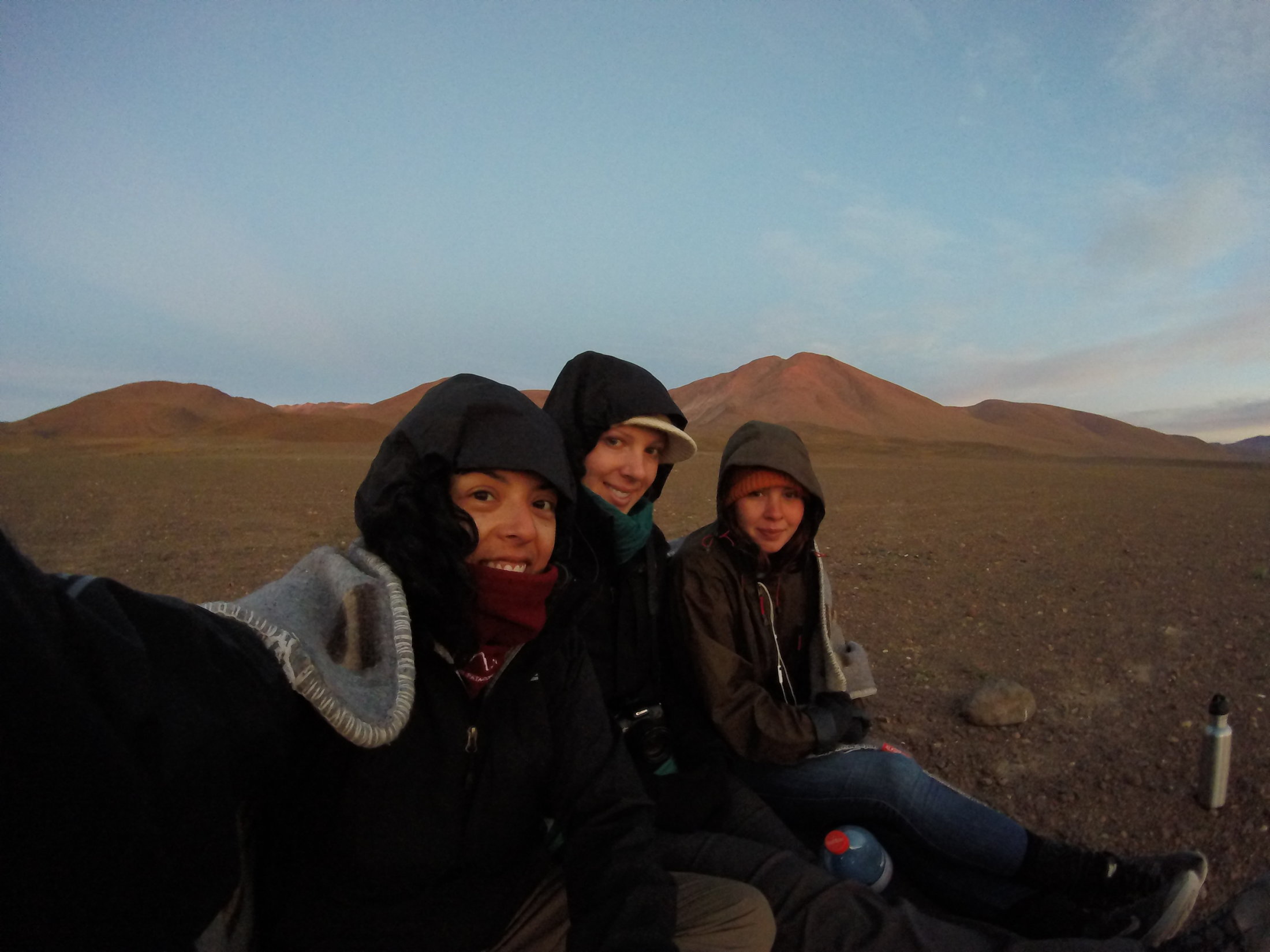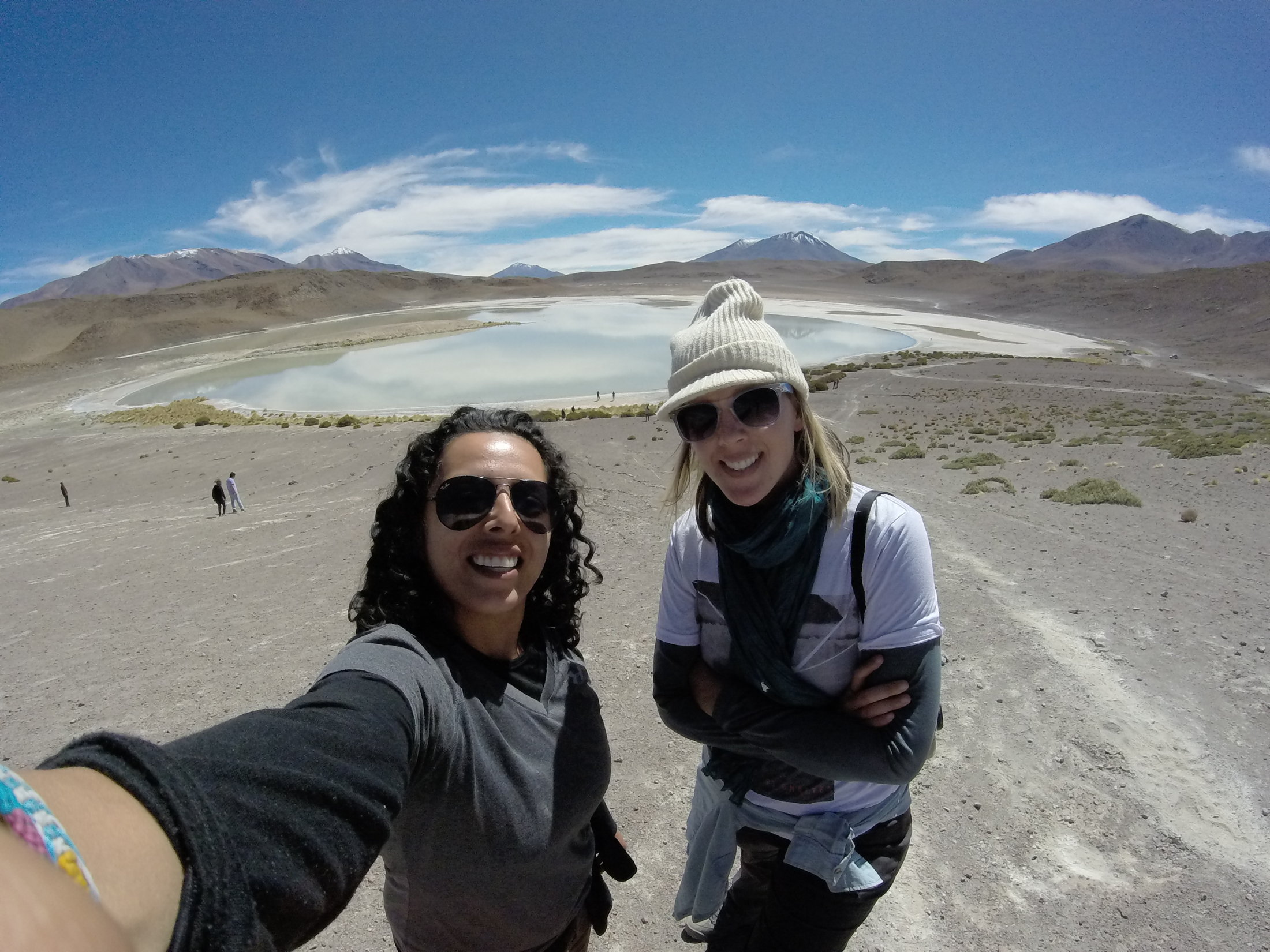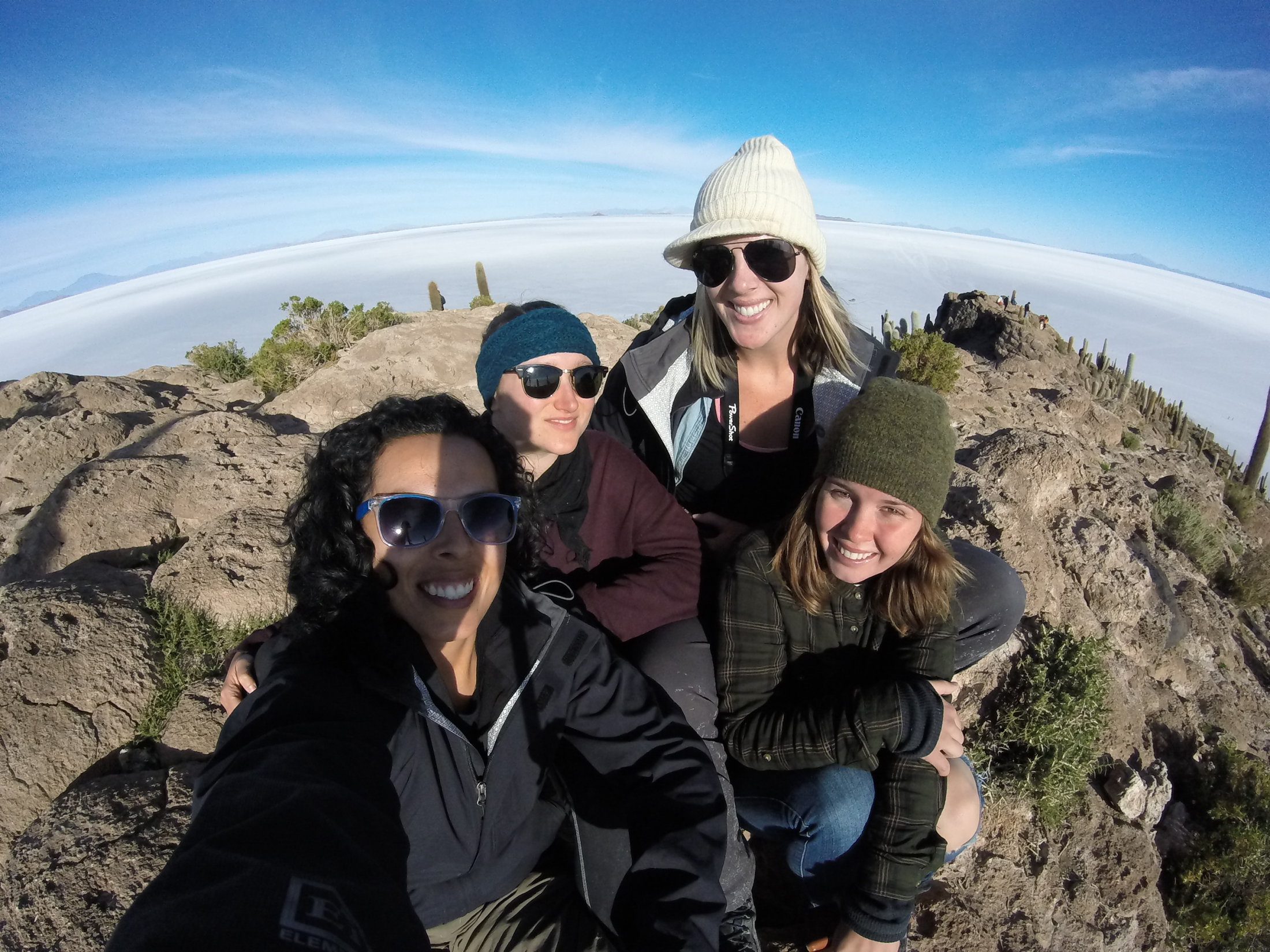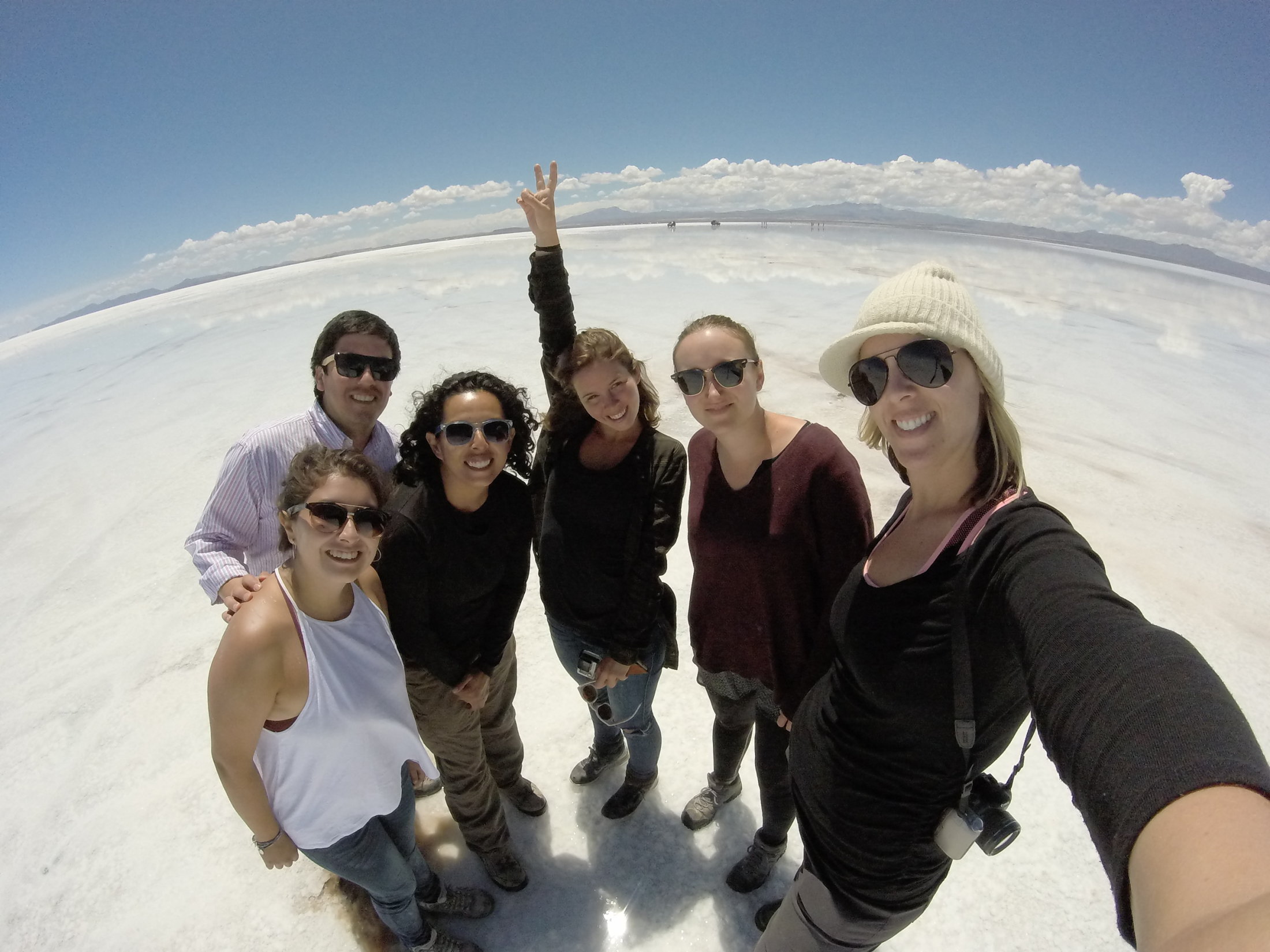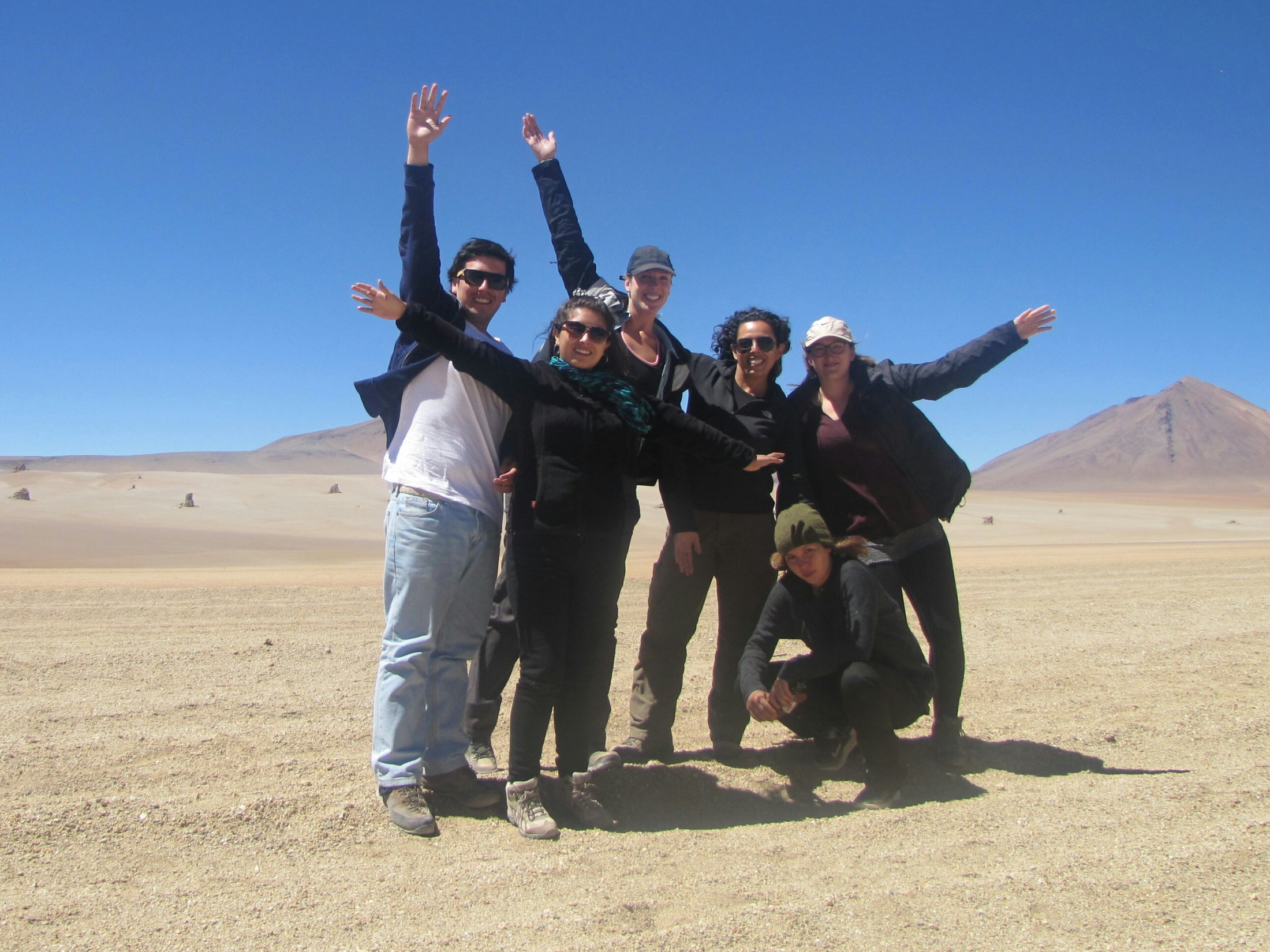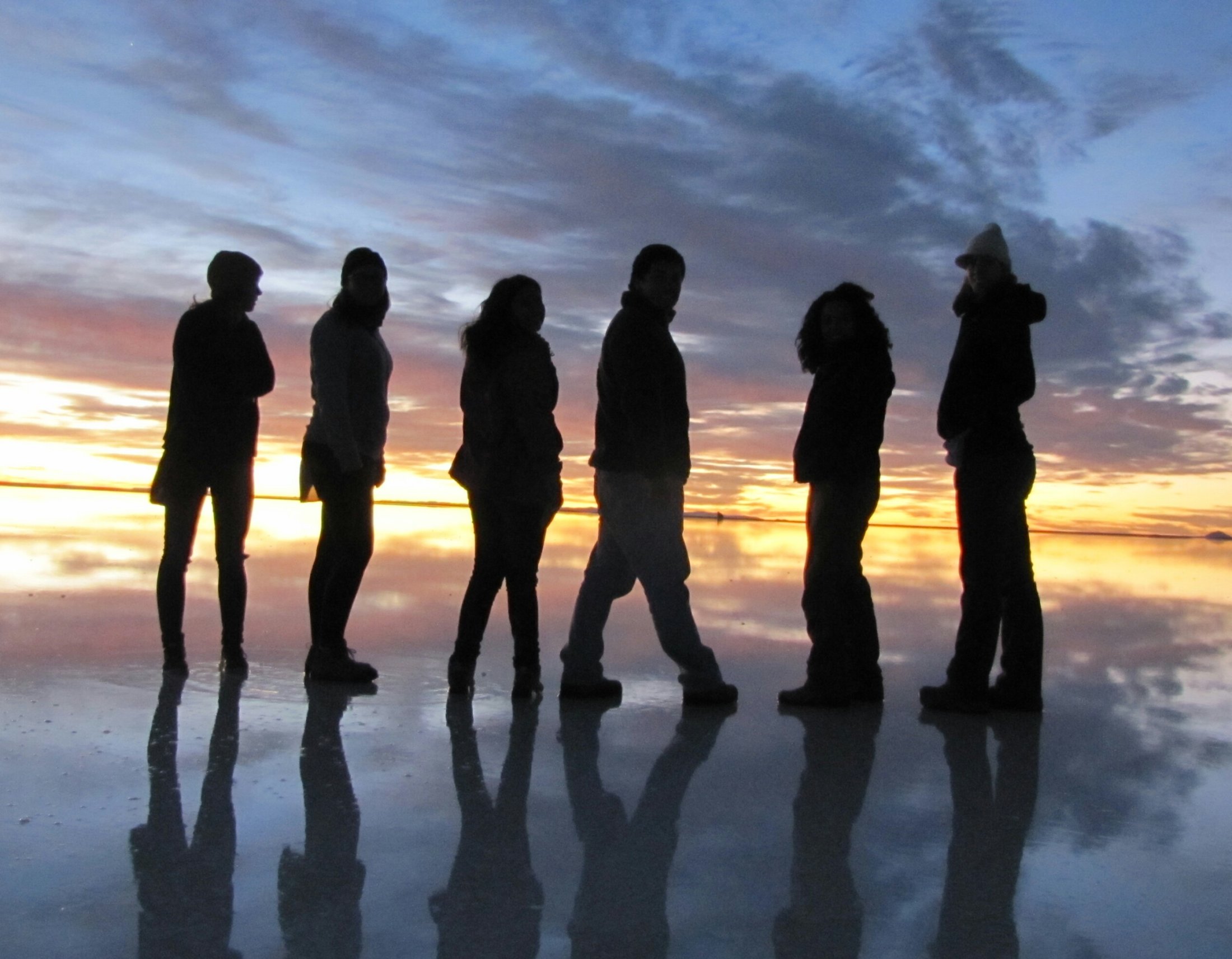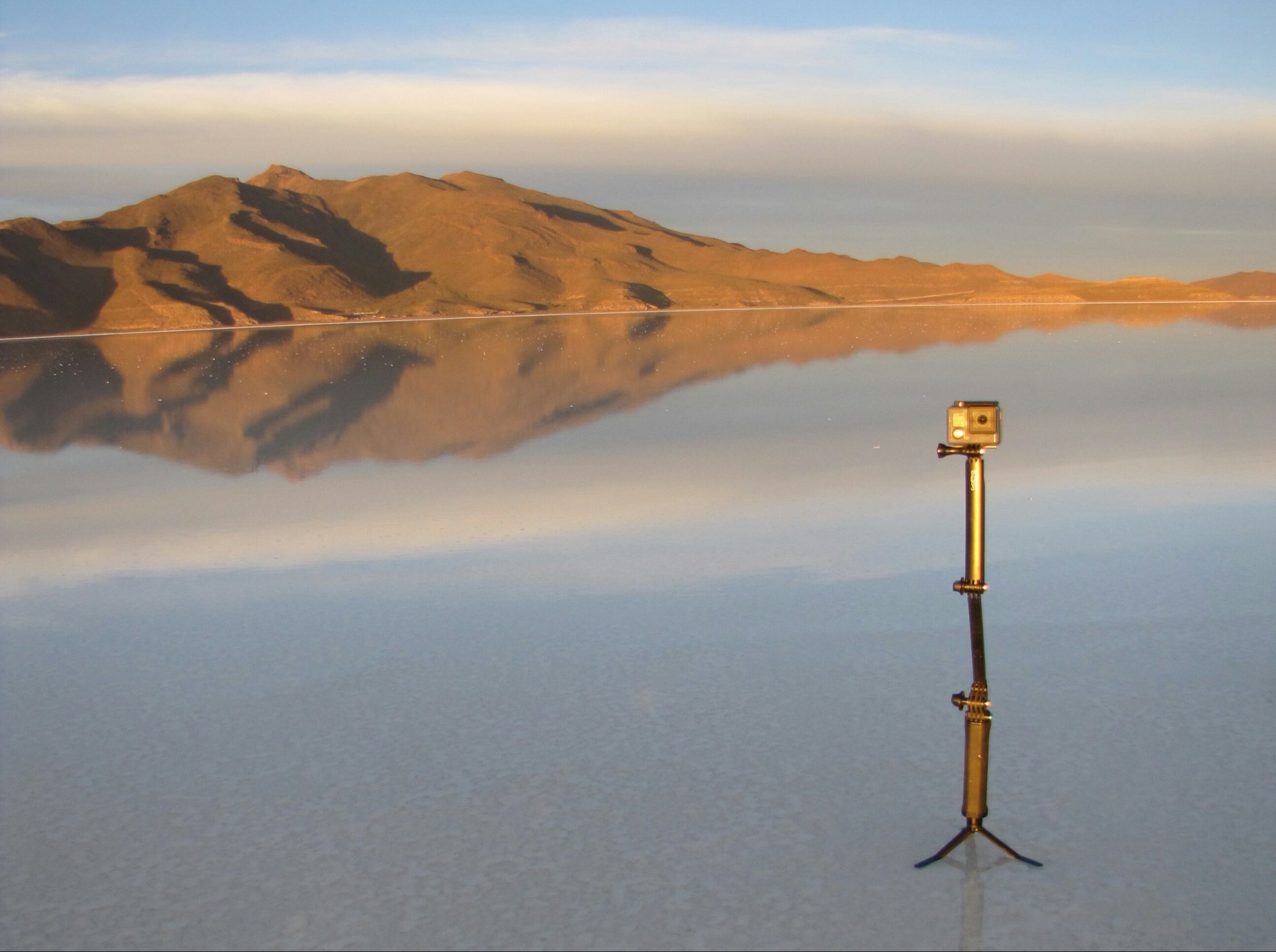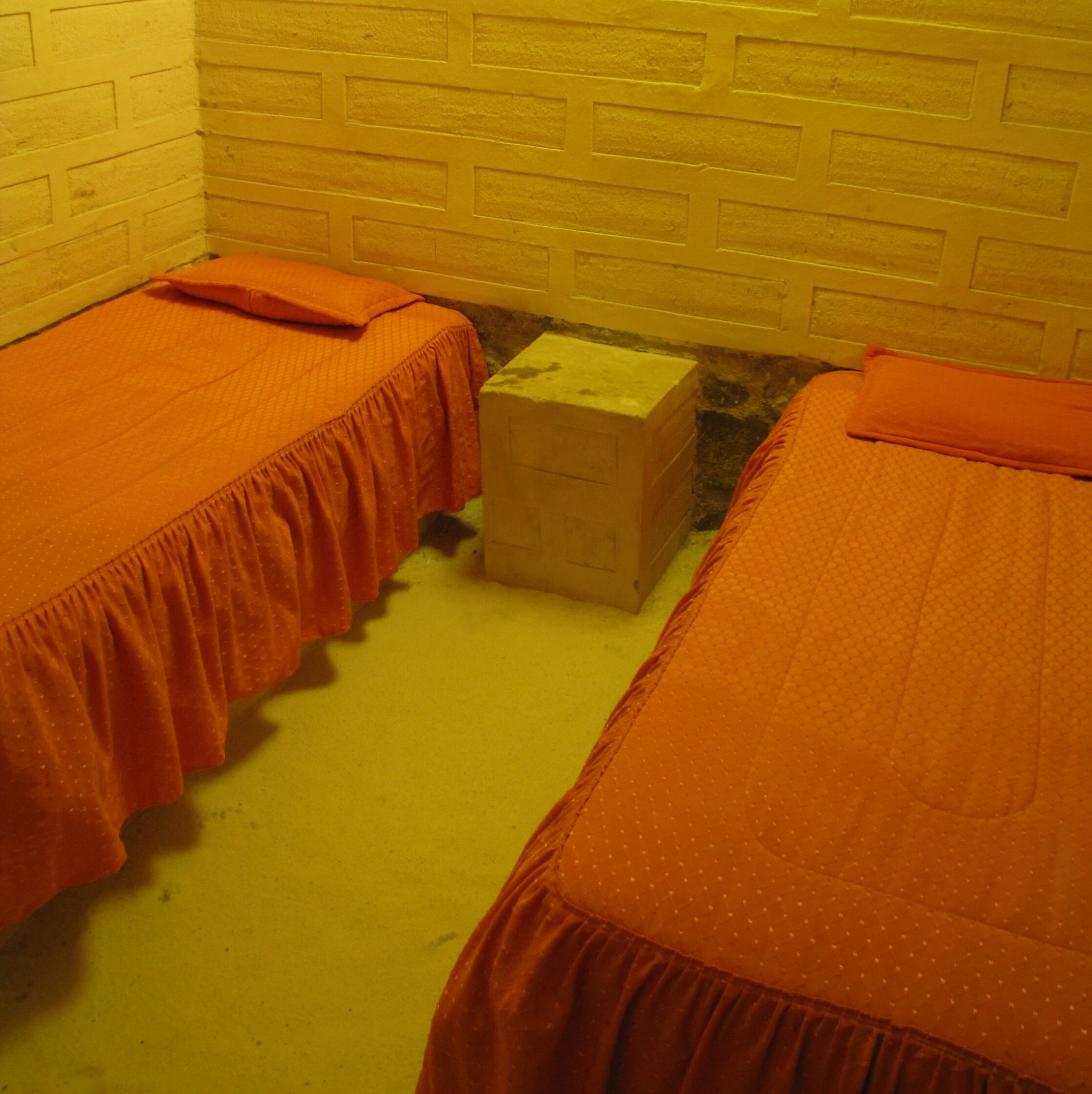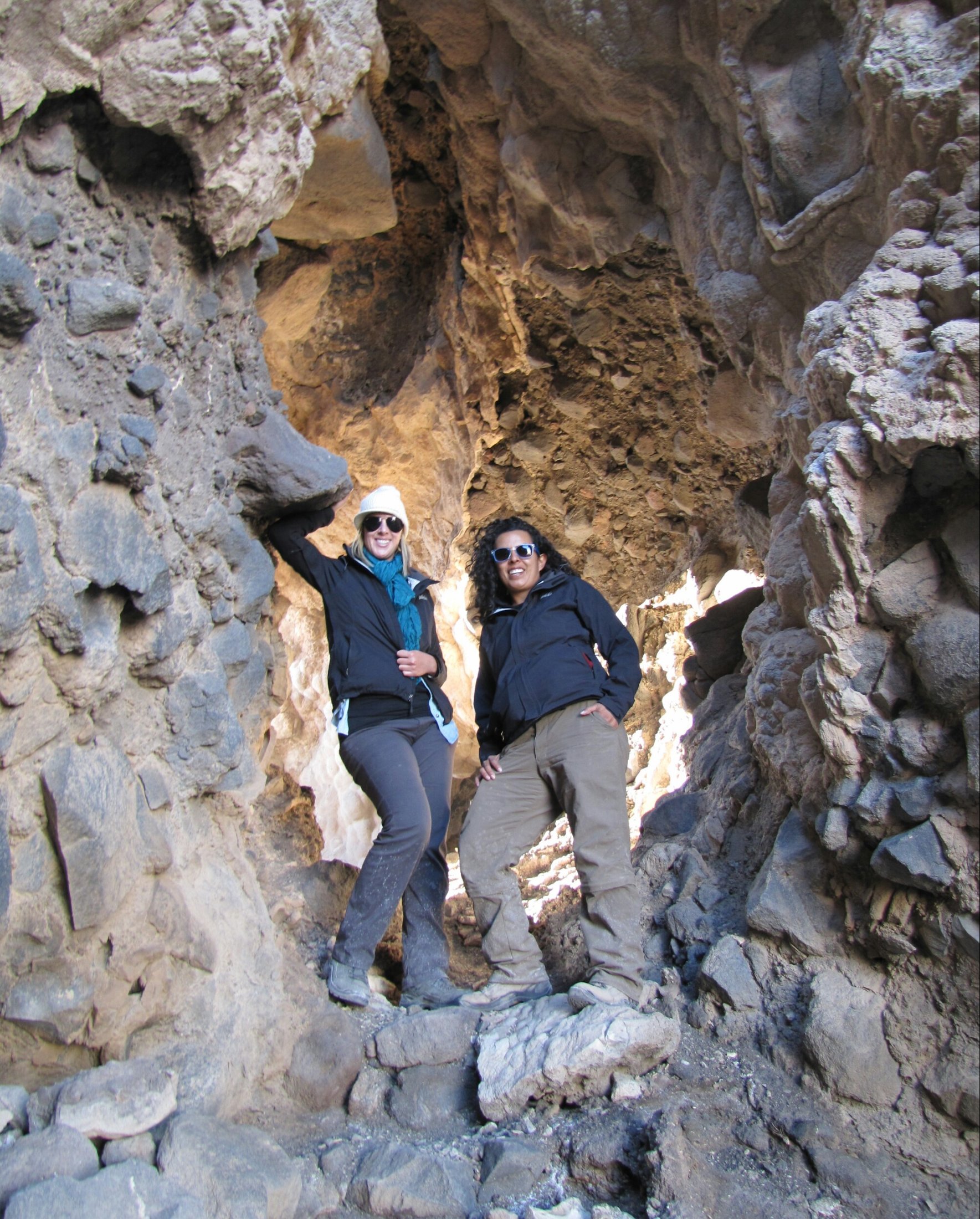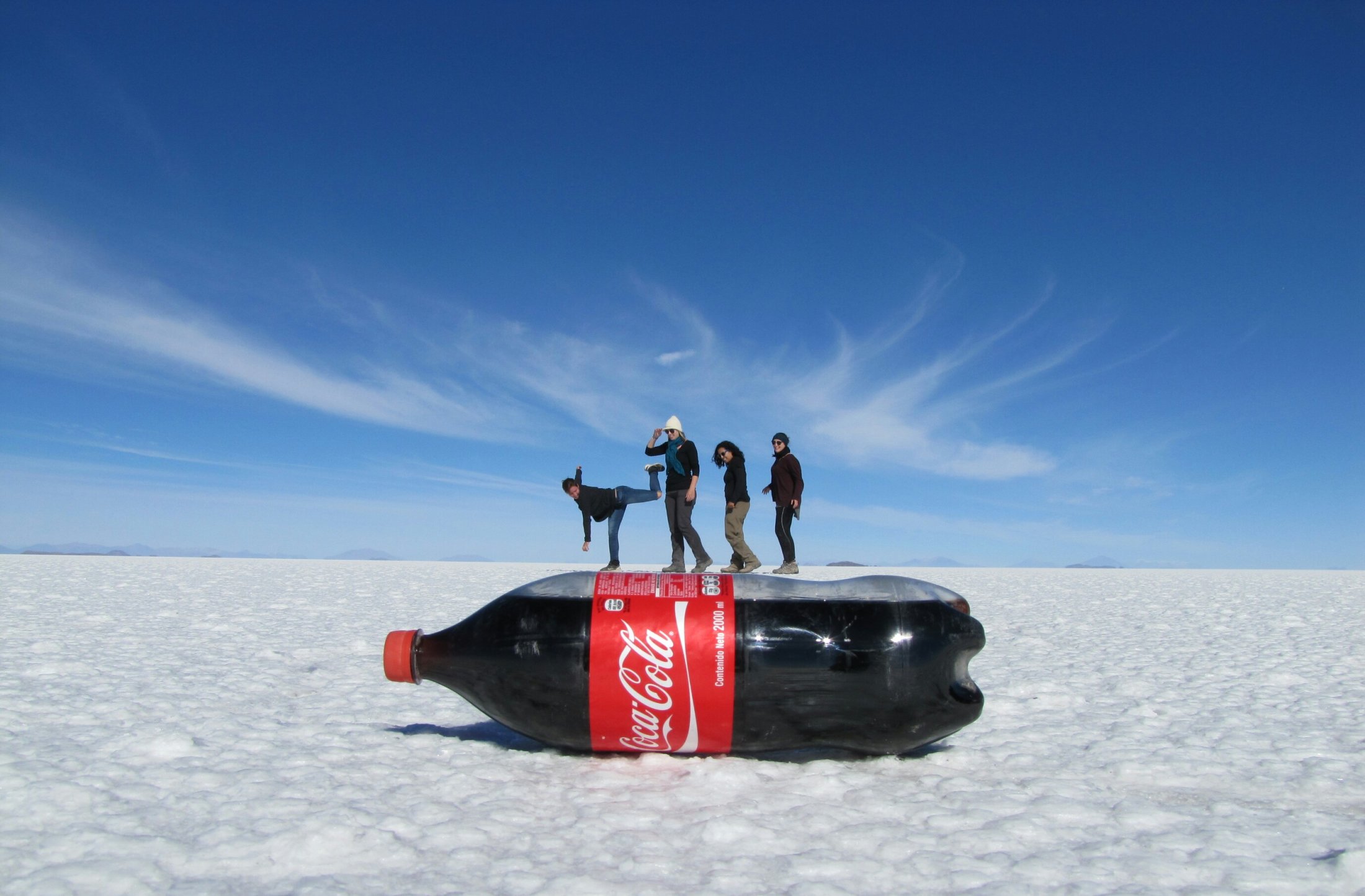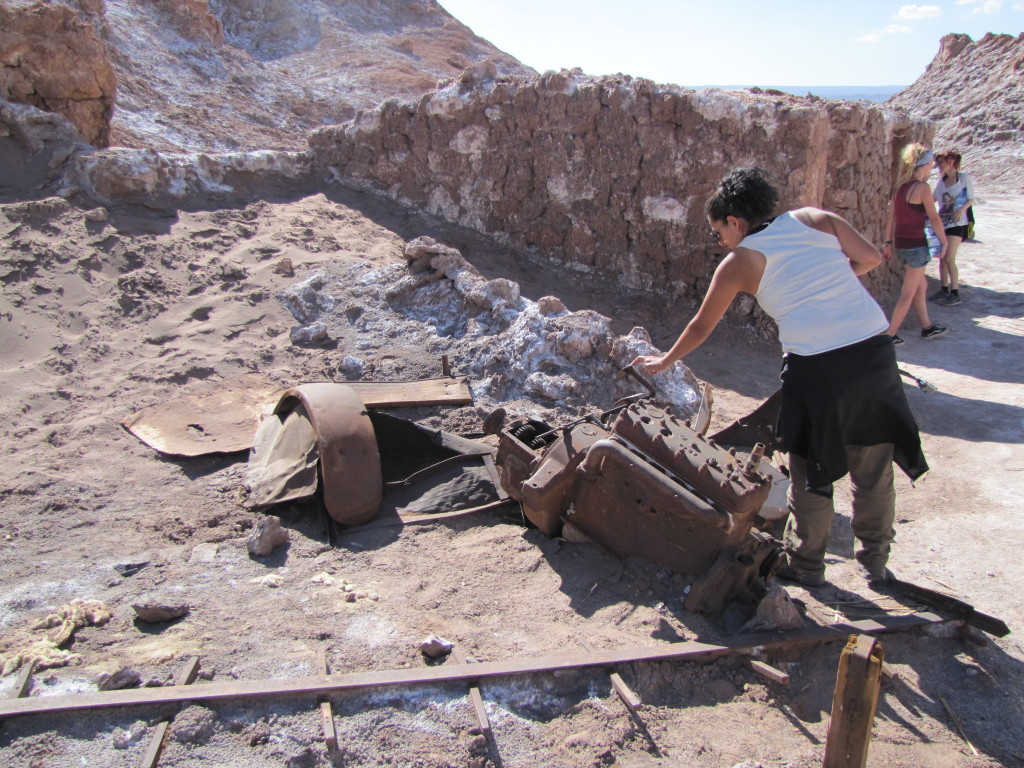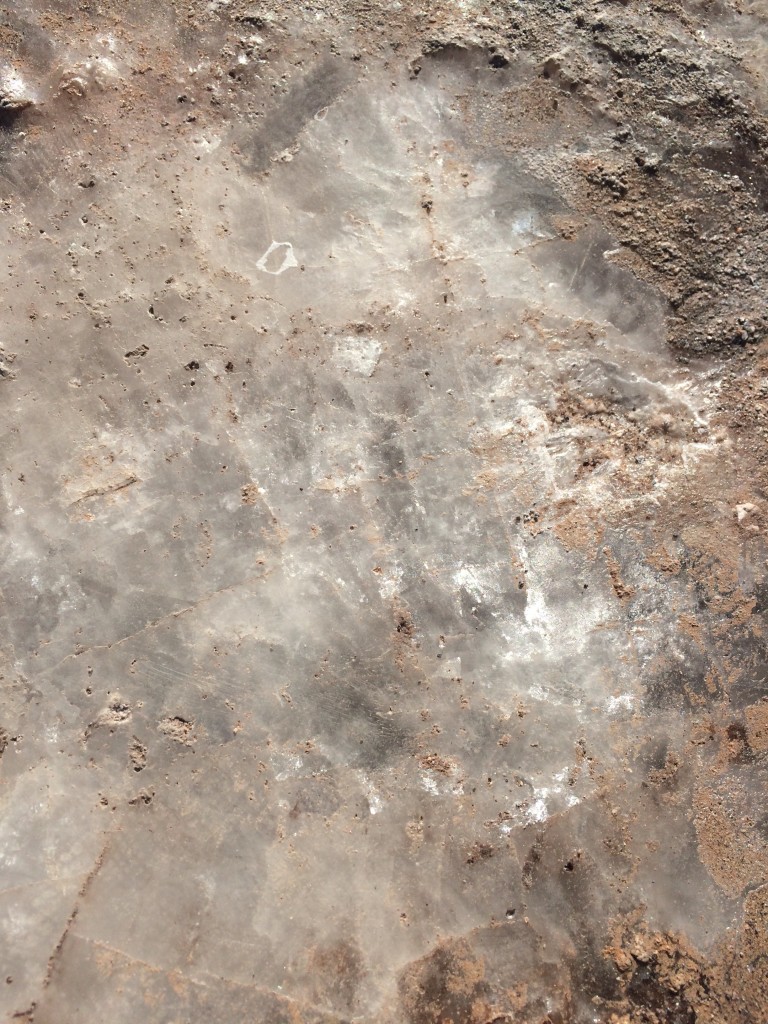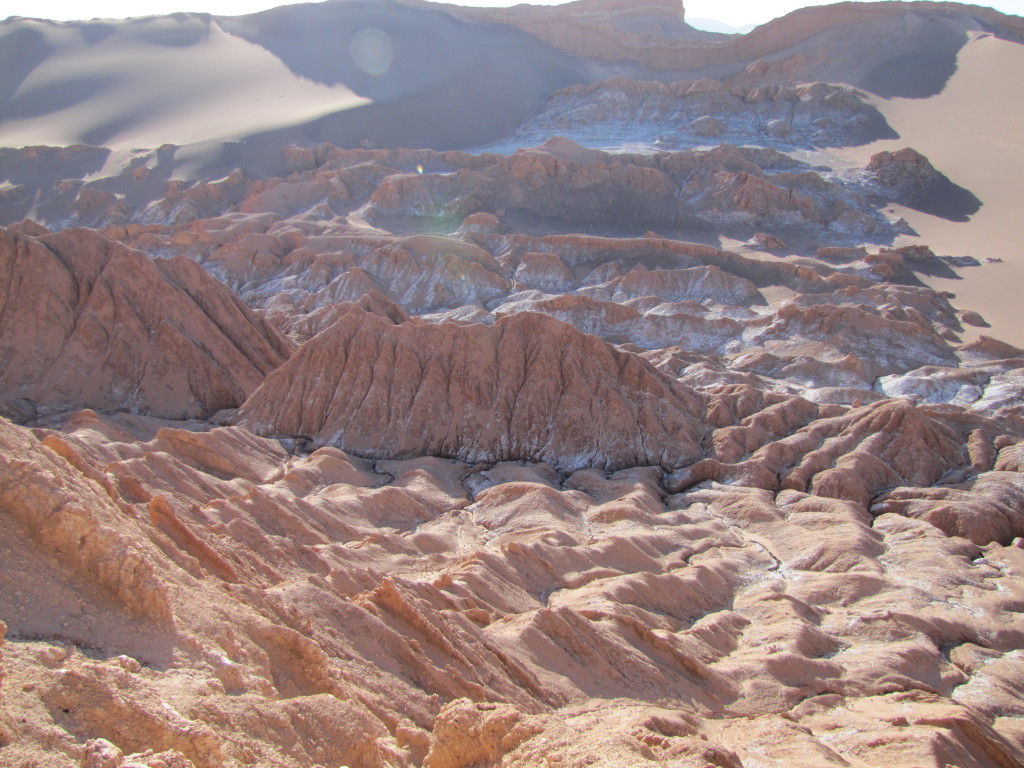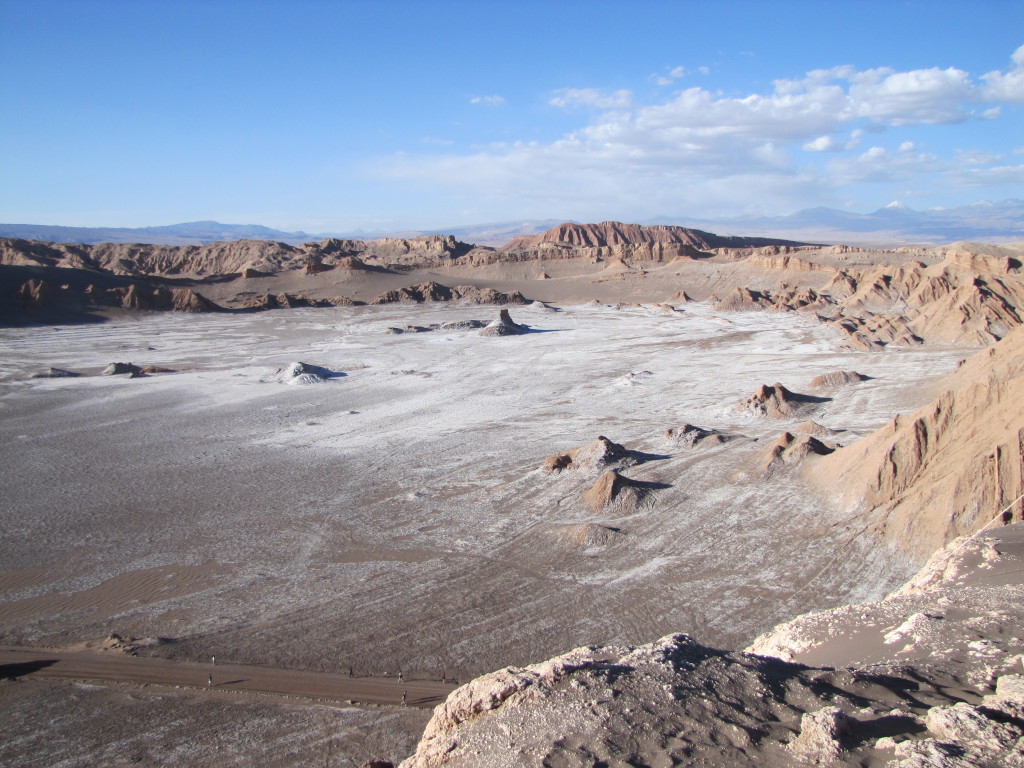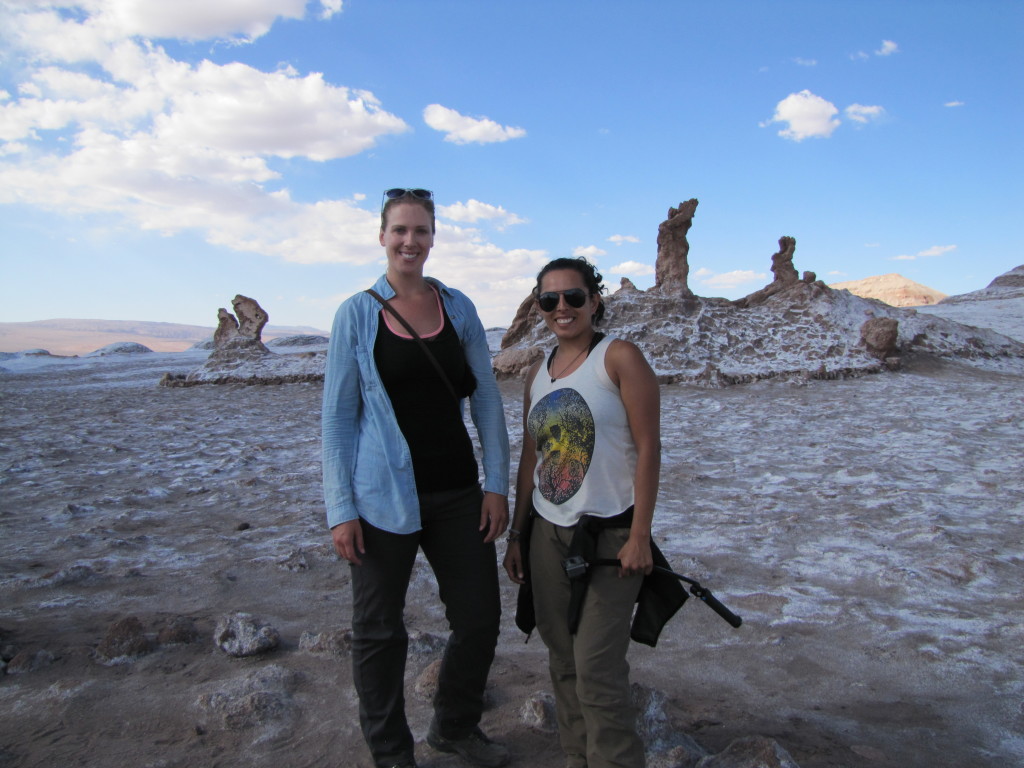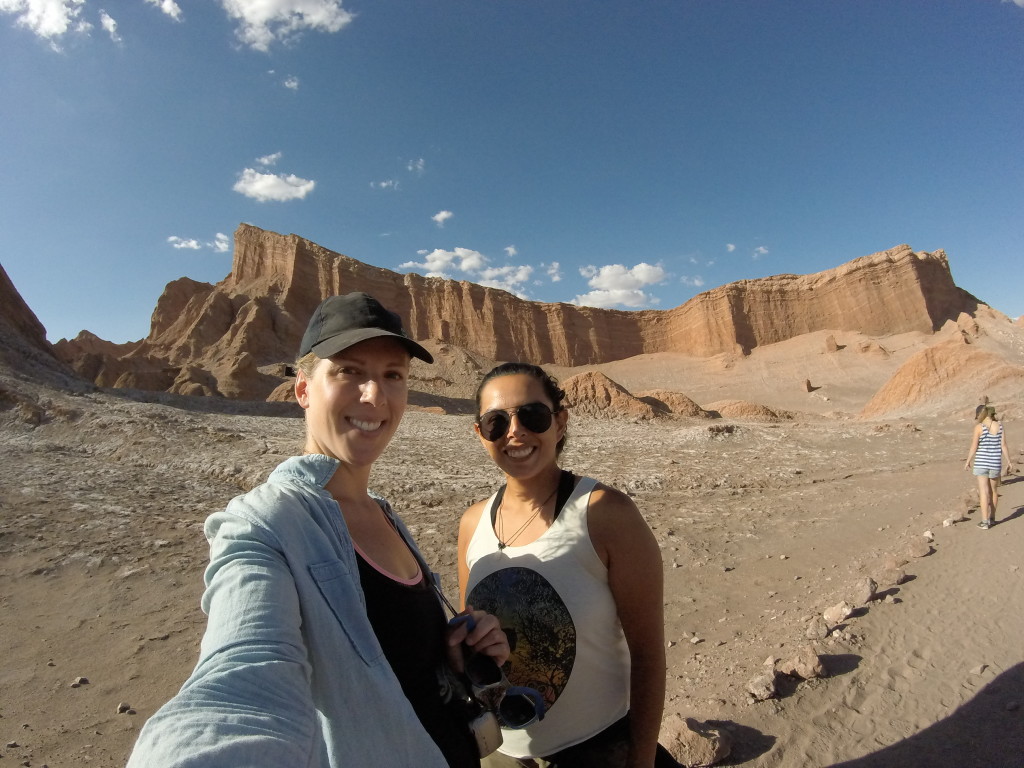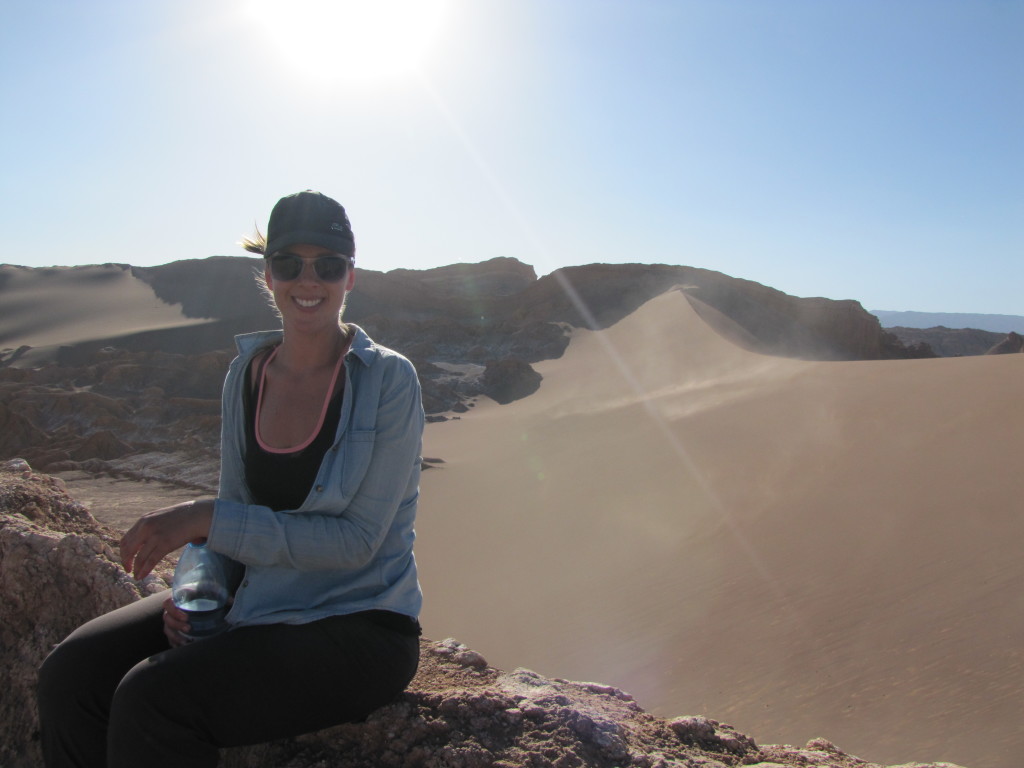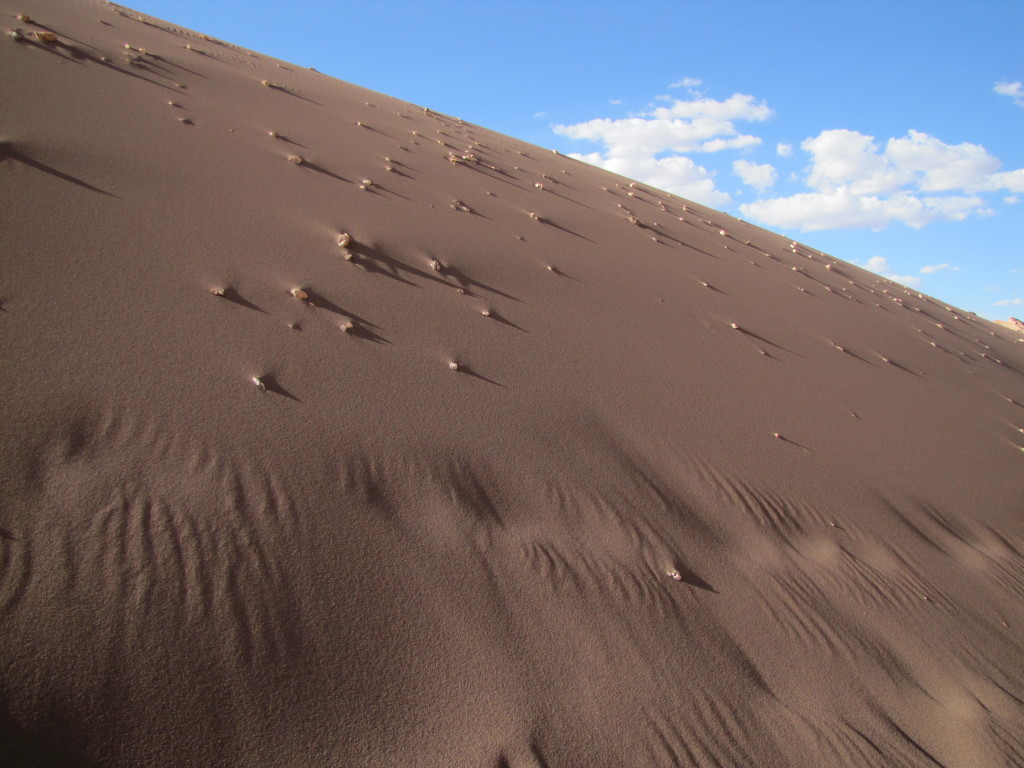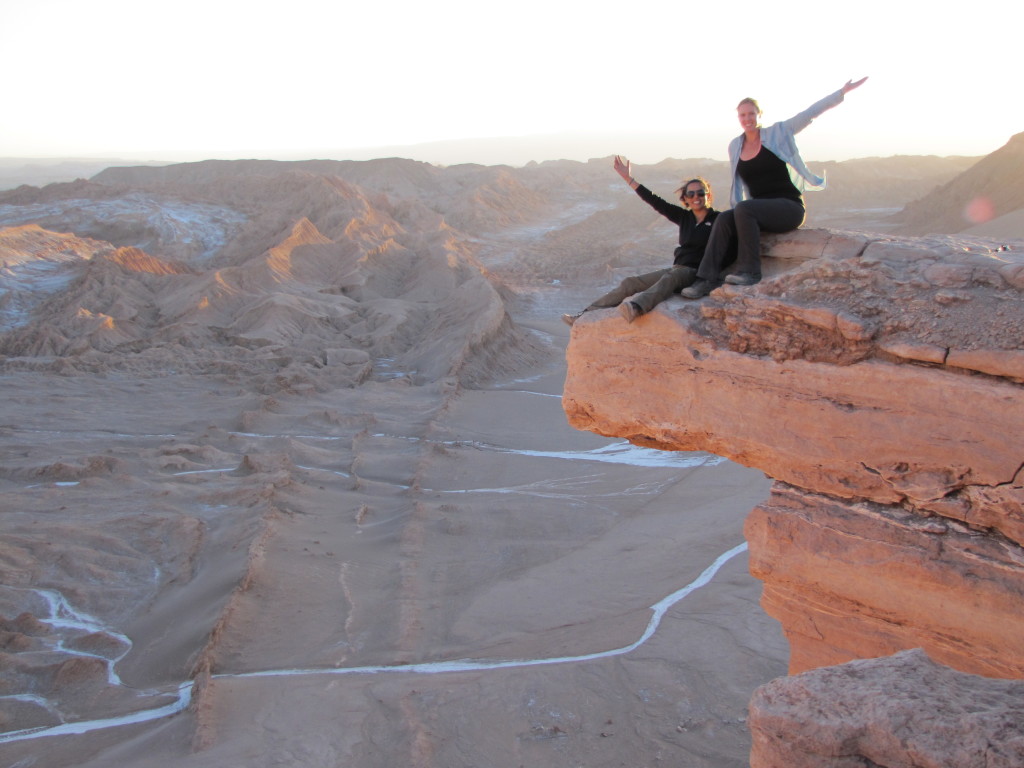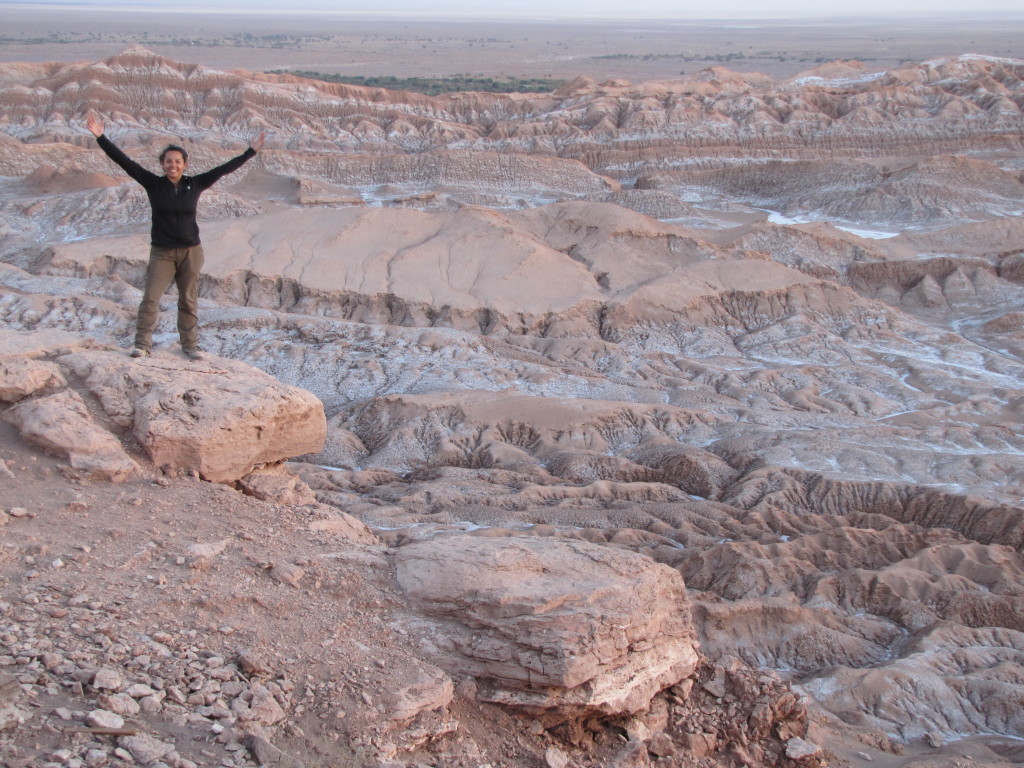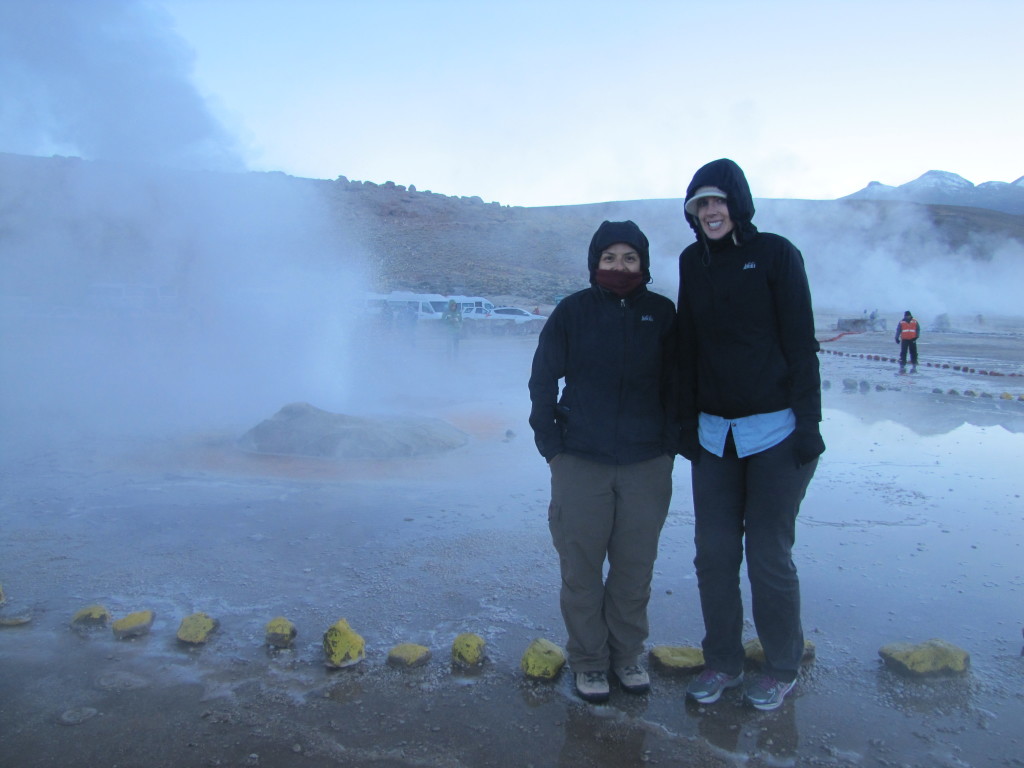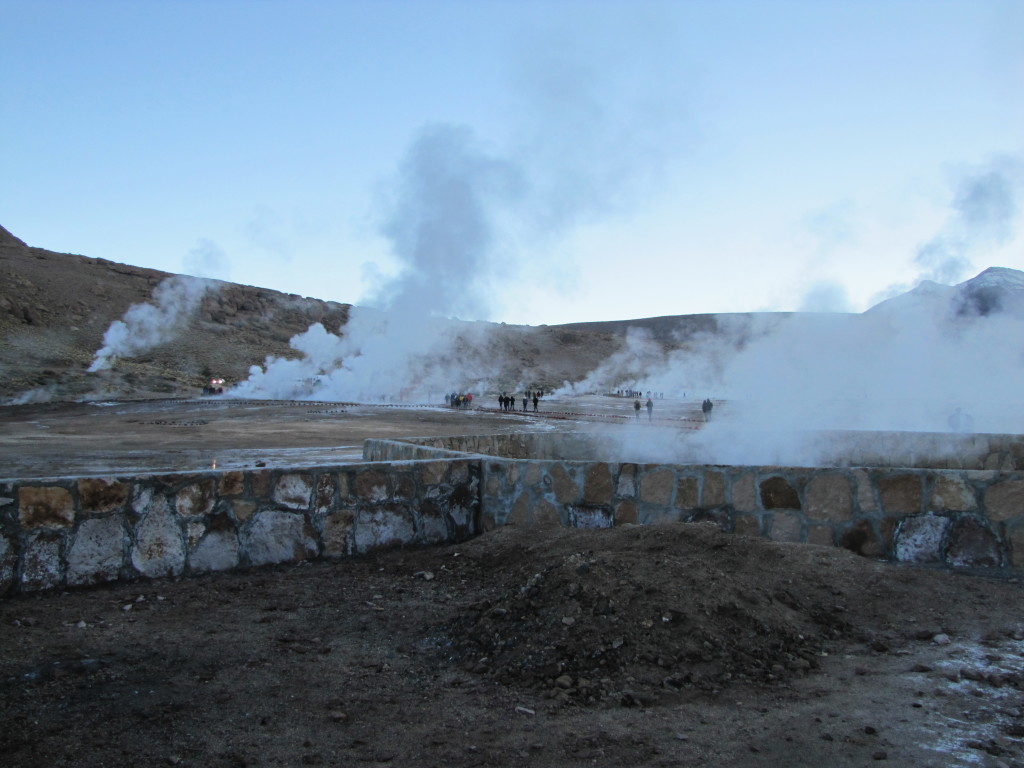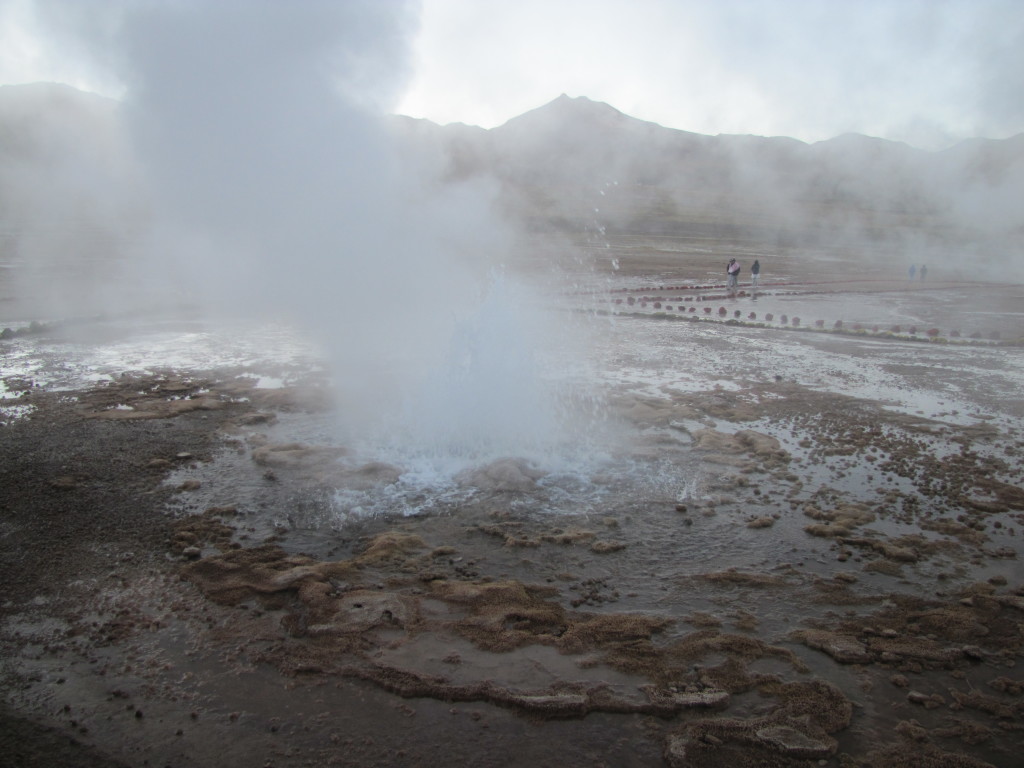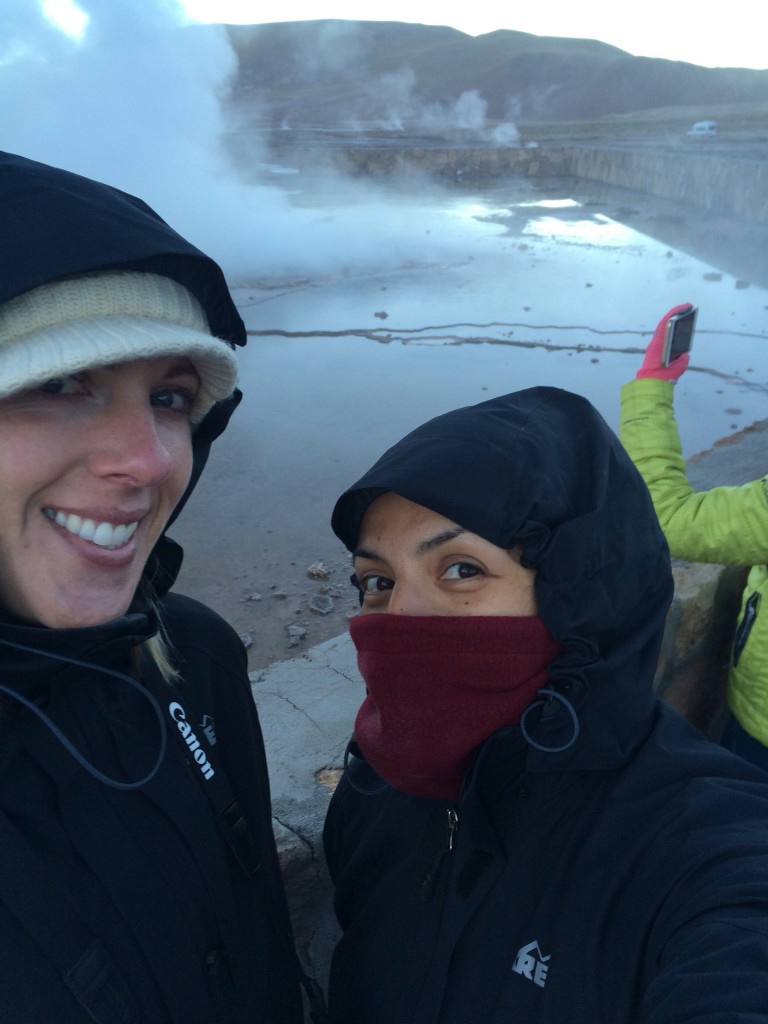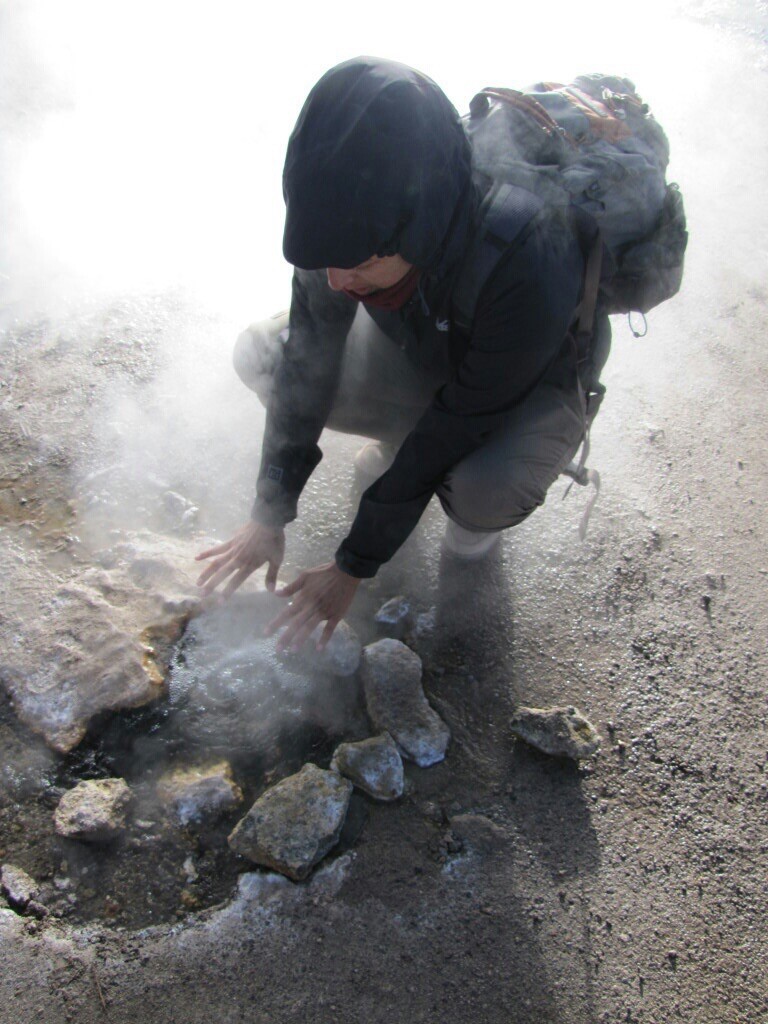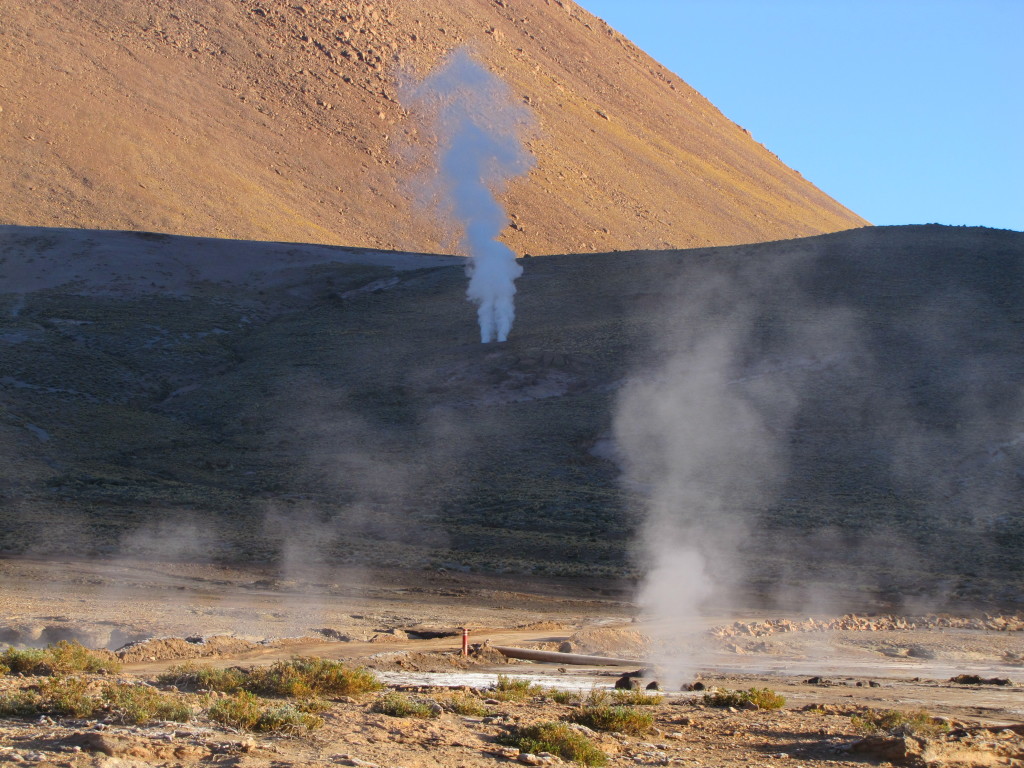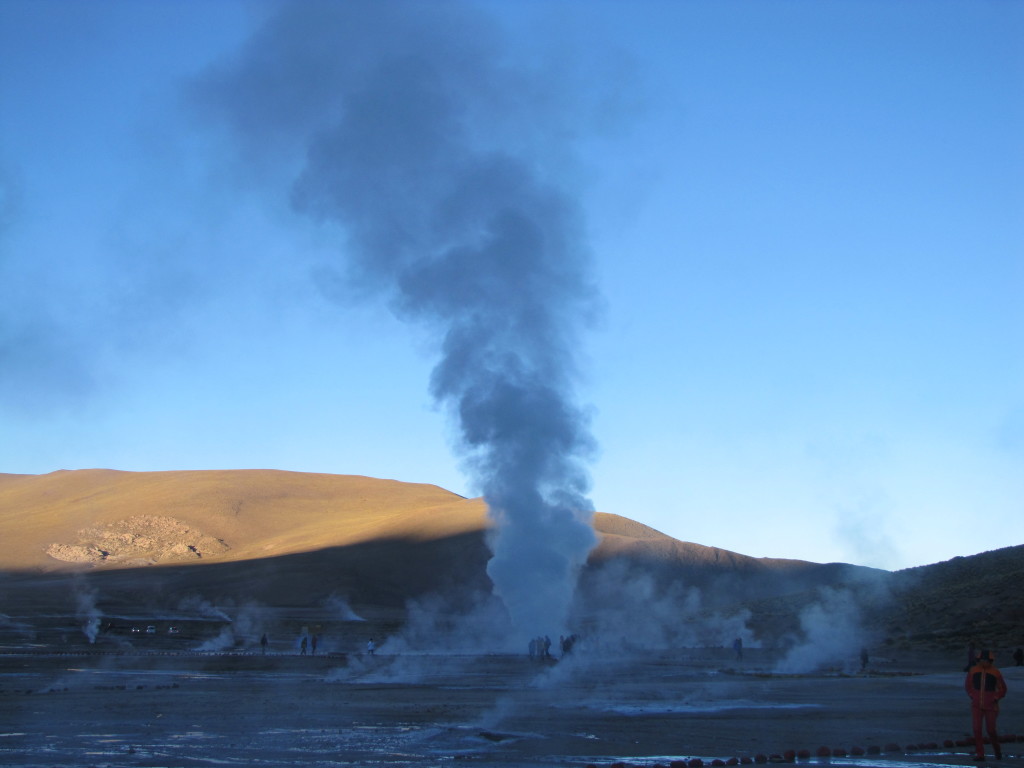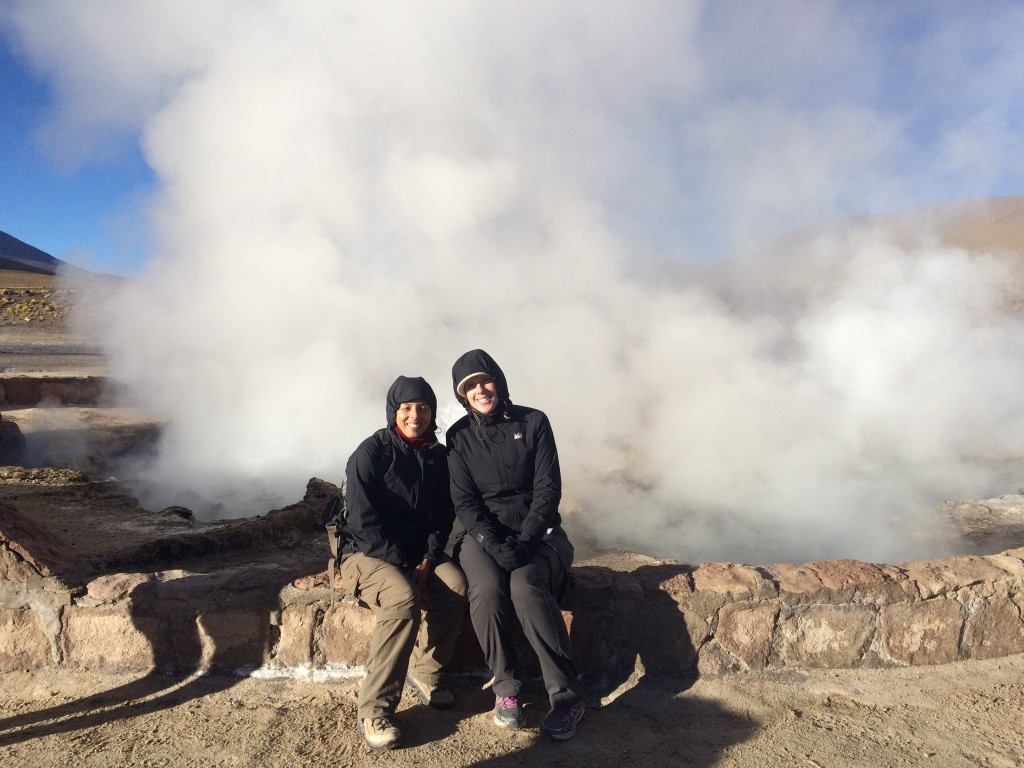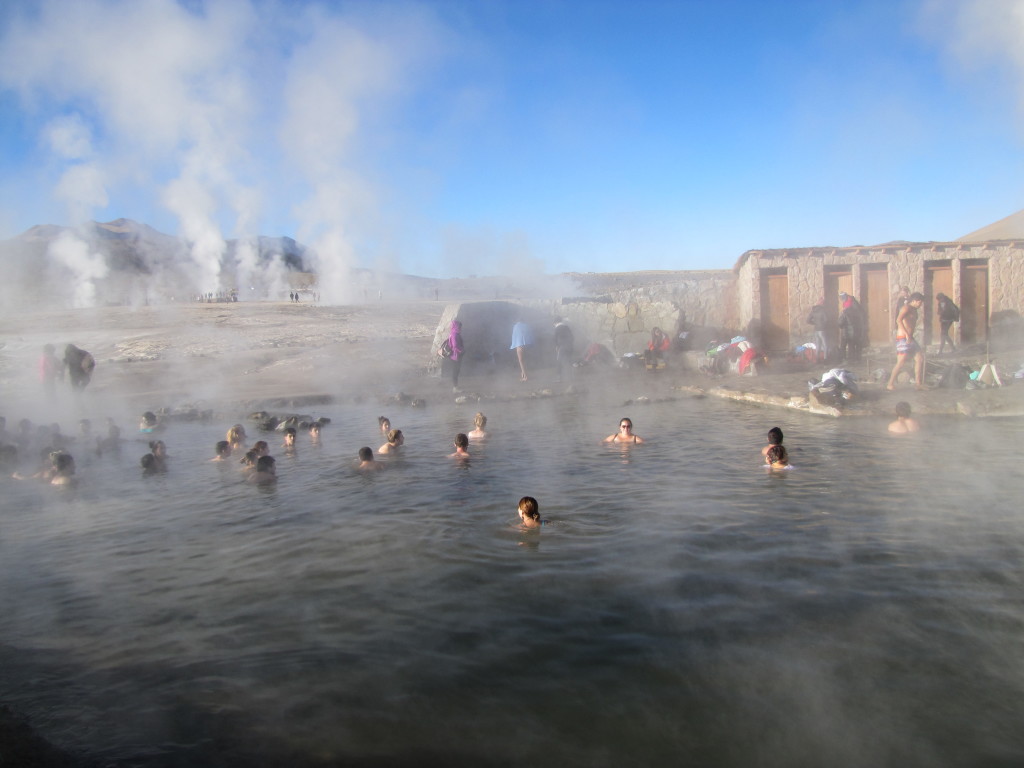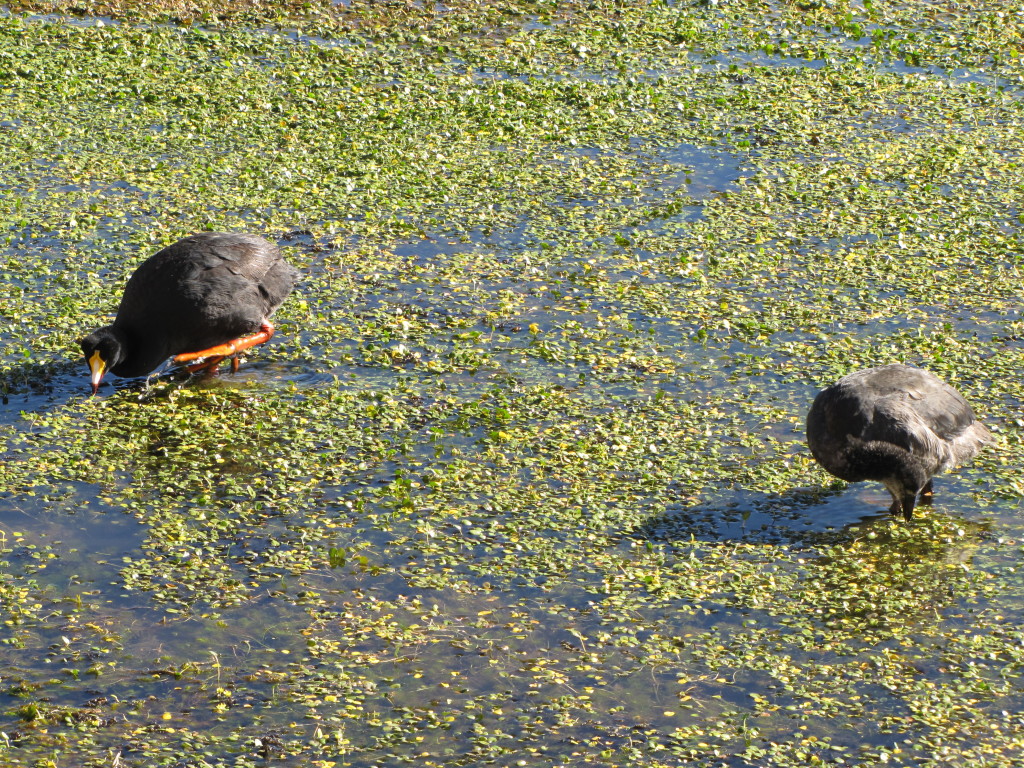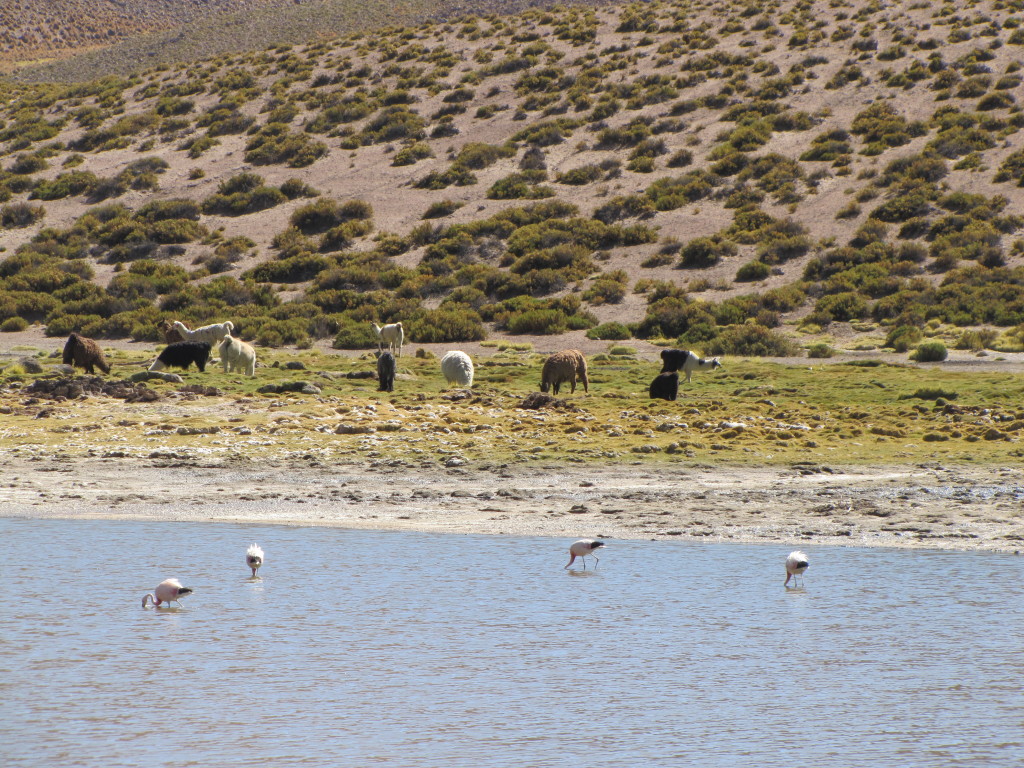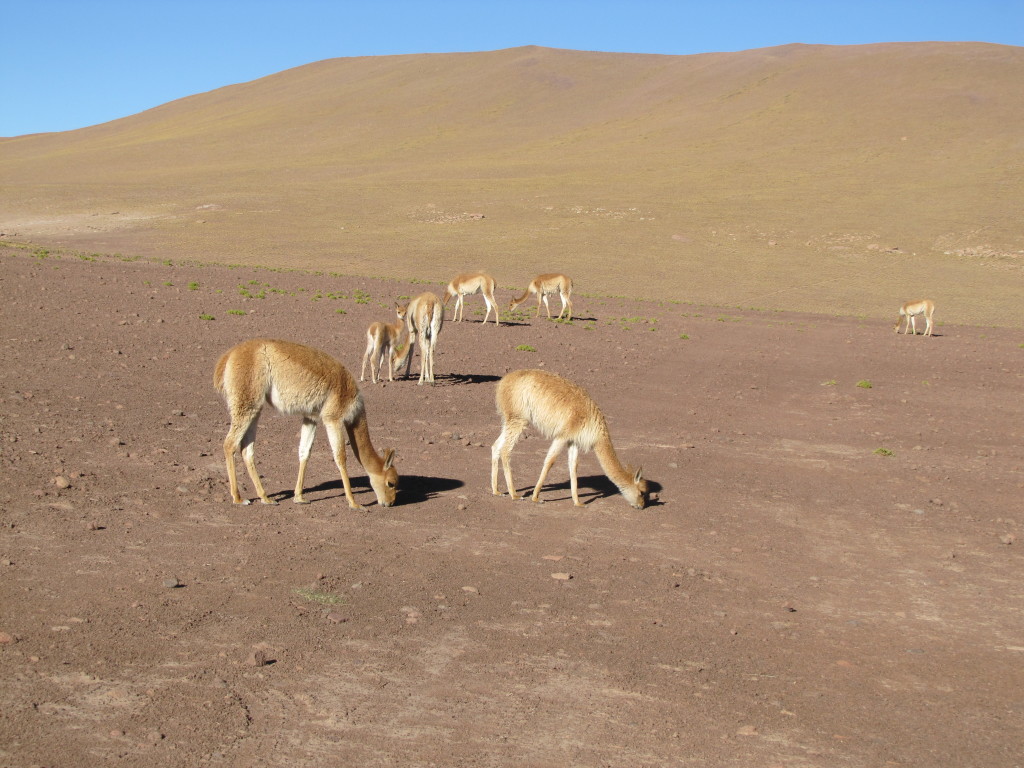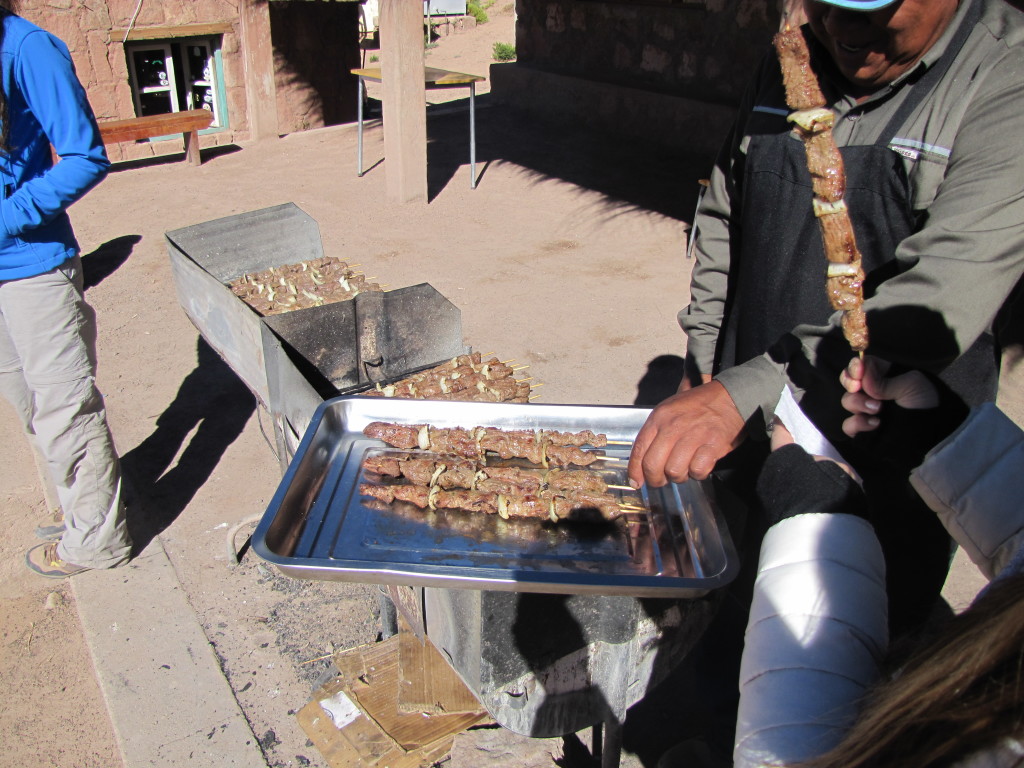While in the Atacama desert, other travelers had been telling us about the Salar de Uyuni tour (salt flat tour). We weren’t 100% sure that we were going to do it, but after hearing great stories, we decided it had to be done.
After a few obstacles, including a shady tour company, a $160 (each) visa fee for entrance into Bolivia, and almost not being able to access money from the ATM, things were looking bleak. We thought that the trip might actually not happen, especially when the van to pick us up from our hostel did not show up on time. We were ready to accept that possibility.
Once we made it past our final obstacle (the Bolivian border), we met Martín, who was to become our driver and guide for the tour we were about to embark on. What we didn’t know at the time was that this trip would become our favorite experience thus far.
Martín and his Land Cruiser drove six of us (us and our new friends Sarah, Kayla, Nicolas and Angela) through some of the most stunning landscape and terrain we had ever seen.
The first 2 days included desert terrain, giant rock formations, lagunas, flamingos and chinchillas. We also stayed in a refugio and an actual hotel made of salt!
The culmination of the trip was the third and final day where we got to see the largest salt flat in the world! The Salar de Uyuni is one of the most breathtaking places on earth you can ever see and experience.
After watching the sunrise over the salt flats and taking a million pictures, we had a few more stops to make. One was a random rock island (Isla Incahuasi) in the middle of the salt flat filled with giant cacti! Another, the Cemetario de trenes, used to be a functional railway for mineral transport since the late 1800’s. Now it sits as an old train graveyard since the 1940’s.
Check out our photo album for the rest of our pics and watch the video below of our amazing trip!

